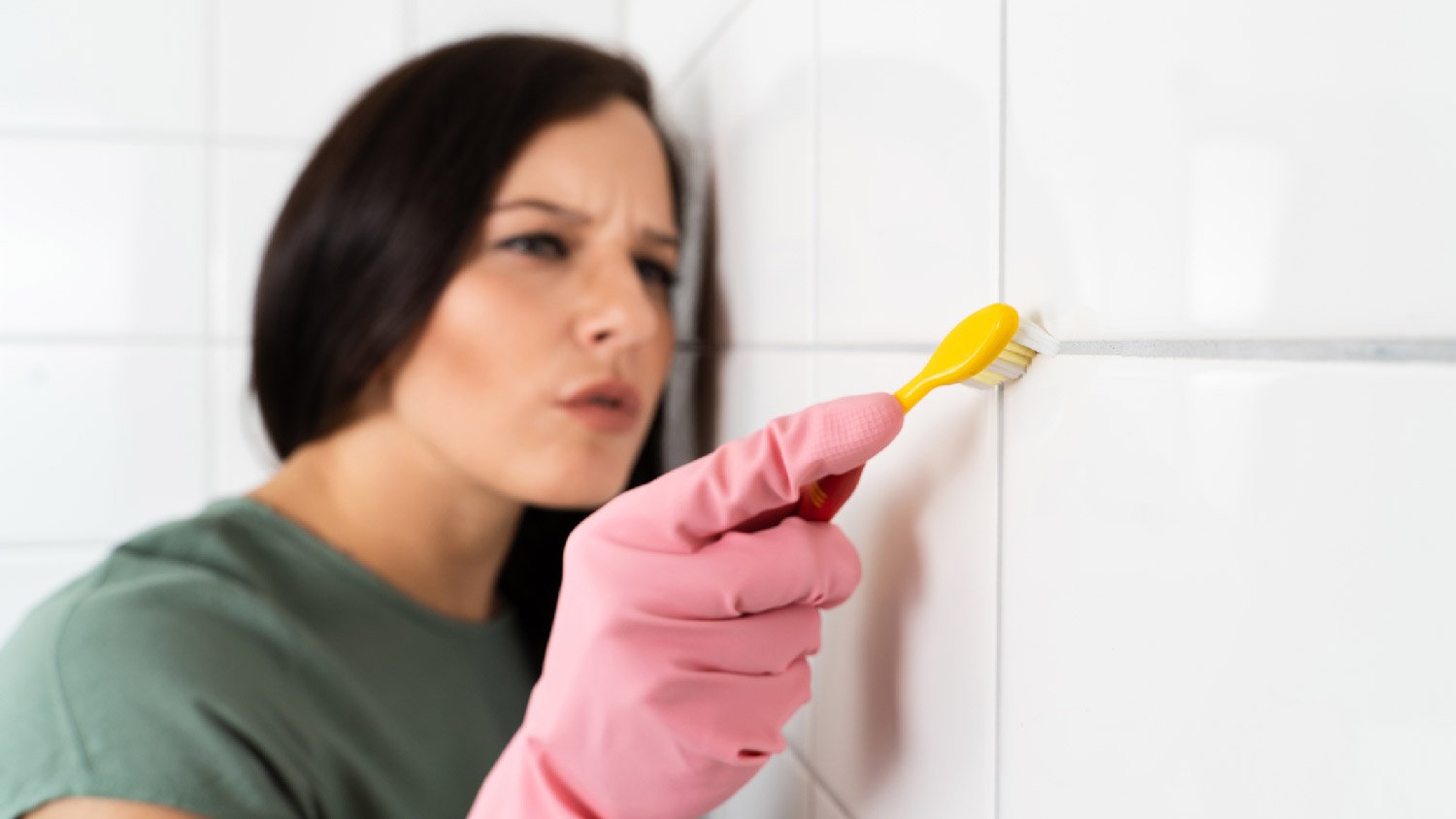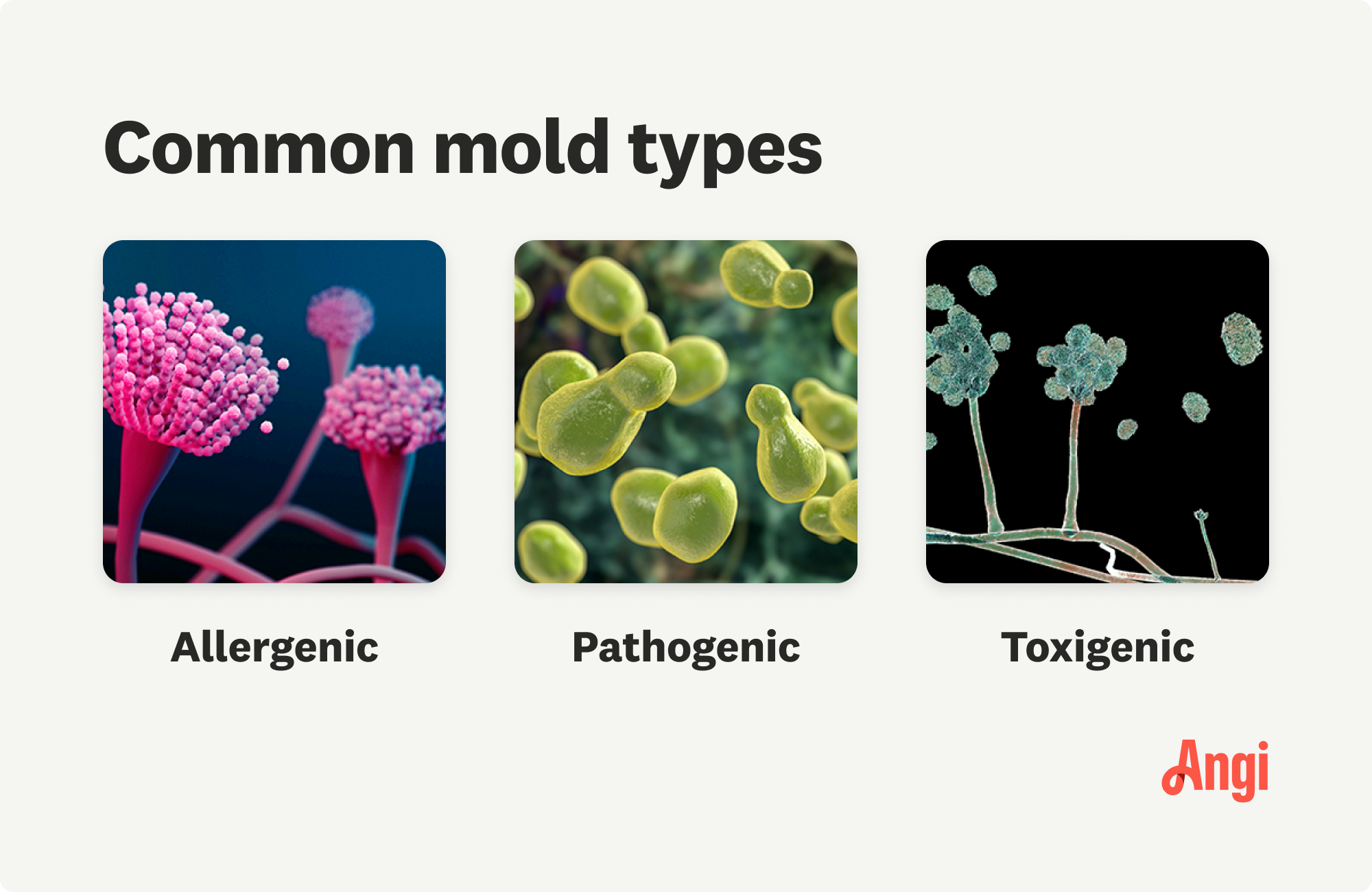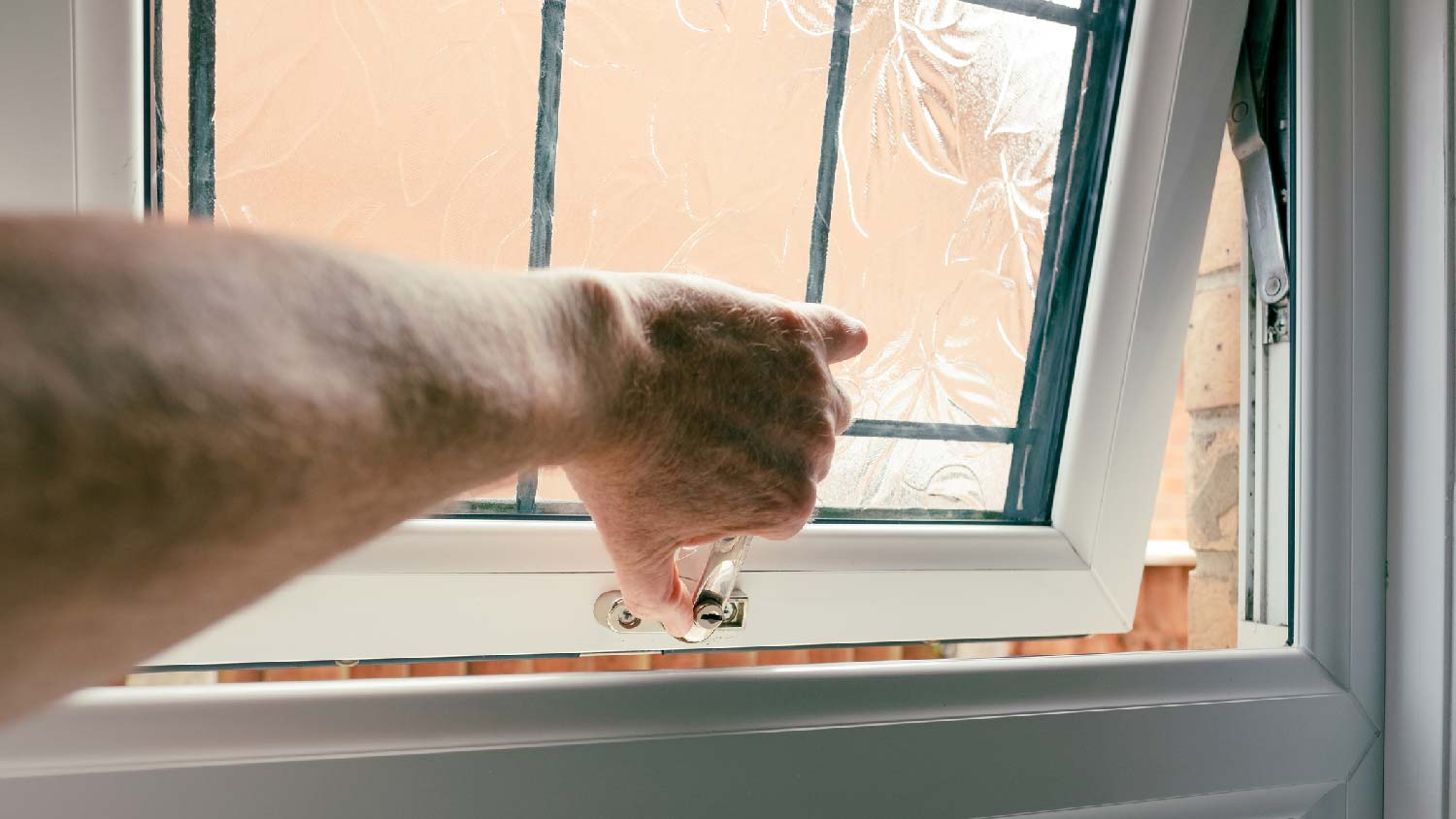
Mold remediation cost can quickly escalate. But if you have mold in your home, the cost for mold remediation is worth it.
Keep your bathroom sparkling clean


Many homeowners face the common challenge of dealing with mold in their bathrooms. Bathrooms provide a perfect breeding ground for mold, thanks to the damp and humid environment they offer. The growth of mold leads to unsightly stains, unpleasant odors, and health concerns. However, with the right knowledge and techniques, you can effectively tackle and eliminate mold in your bathroom. With these DIY solutions, you can say goodbye to mold-related worries and hello to a clean and healthy bathroom environment.
Mold is a frequent problem in bathrooms due to the constant exposure to moisture. These rooms typically harbor humid conditions that offer a perfect breeding ground for mold. Factors such as poor ventilation, insufficient sealing in tiles and caulking, and plumbing fixture leaks contribute to mold growth. In such conditions, mold spores can settle, grow, and spread with ease. The bathroom's organic materials like drywall, wood, and soap scum, provide ideal food sources that encourage the growth of mold.
Mold can release spores and mycotoxins that may cause health hazards, particularly to people with allergies or respiratory problems. Continual exposure to mold can result in a variety of health concerns such as respiratory problems, skin irritations, and even the aggravation of asthma symptoms. Therefore, it is imperative to address the issue immediately. Besides the potential health risks, mold growth can also lead to the deterioration of bathroom surfaces such as drywall, grout, and caulk, which could cause structural damage and require expensive repairs.
Learning how to get rid of mold as a DIY project can be fairly simple and inexpensive for the average homeowner, as long as you're not facing a huge infestation. DIYing the removal can cost less than $25. However, if you have a large mold problem or the issue persists, it's recommended that you hire a professional mold remediator. On average, mold remediation cost ranges between $1,125 and $3,345.

Signs of mold in bathrooms can vary in appearance and intensity. In some instances, you will notice visible signs while others are a sign of hidden mold growth.
Common mold indicators include:
Visible mold growth on surfaces like walls, ceilings, tiles, or grout. Mold patches often exhibit black, green, brown, or grayish colors and may have a fuzzy or slimy texture.
Musty, earthy odors may be present in enclosed or poorly ventilated spaces.
Discoloration or staining of surfaces, as well as paint or wallpaper peeling or bubbling.
Deterioration of caulk and grout, especially in damp areas.
Health symptoms, such as allergic reactions, respiratory issues, or skin irritation when in the bathroom.

There are a few simple DIY solutions homeowners can use to help remove mold from bathrooms. While these tricks can help remove the presence of it, they won't solve the problem completely, so you'll want to take preventative measures after cleaning.
You should first gather a few materials to protect yourself from mold exposure. It’s important to wear personal protection gear while you work such as goggles, rubber or latex globes, and a face mask so you don’t suffer any irritation from the mold spores.

Mold in bathrooms can be removed effectively and with consideration for the environment by using distilled white vinegar. The natural acidity and antimicrobial properties of this substance make it a potent mold remover. To use, mix equal parts of distilled white vinegar and water in a spray bottle, and then apply the solution liberally to the mold-affected areas.
After letting it sit for 10 to15 minutes to loosen the mold, scrub the area with a brush or cloth and rinse with clean water. This approach not only eliminates mold but may also reduce the chances of its recurrence. This solution does offer a safer, chemical-free alternative to harsh cleaners, though it will leave a mild vinegar fragrance that fades as it dries.
Do not mix vinegar with hydrogen peroxide or bleach. Mixing vinegar with hydrogen peroxide creates a toxic chemical that can irritate your skin and eyes. Combining vinegar and bleach can create a toxic chlorine gas.
Similar to vinegar, hydrogen peroxide has potent antibacterial and antifungal properties, making it an effective means of eradicating mold from bathrooms. Using a 3% hydrogen peroxide solution, transfer it to a spray bottle and apply it to the moldy surfaces. Leave the hydrogen peroxide solution undisturbed for 10 to15 minutes, letting it work its magic to eliminate the mold.
Once it has effectively neutralized the mold, use a brush or cloth to scrub away the remnants. Thoroughly rinse the area with clean water to eliminate any lingering traces of the hydrogen peroxide. Unlike bleach, hydrogen peroxide is a more benign and safer alternative that can work exceptionally well in eradicating stubborn mold growths. To ensure safety during the procedure, always wear protective gear such as gloves and a mask, and ensure sufficient ventilation in the area.
Using baking soda is an all-natural and versatile method for eliminating mold in bathrooms. Its gentle abrasiveness enables it to efficiently eliminate mold and mildew from surfaces while functioning as a deodorizer. To apply baking soda, blend it with a small amount of water to form a paste and put it directly onto the areas affected by mold.
Allow it to remain for approximately 10 to15 minutes to dissolve the mold before using a brush or cloth to scrub. Finally, rinse the surface with fresh water to eliminate any leftover residue. Not only does baking soda clean and deodorize, but it may also help prevent the mold's return. This is a harmless and eco-friendly solution to minor mold concerns that can be used with other cleaning methods to combat more severe mold infestations.
Borax is a natural mold killer thanks to its organic mineral compound that serves as an effective and eco-friendly option. To use, mix it with water to create a paste or solution. Apply the borax paste directly to the mold-affected areas, allowing it to sit for about 10 to15 minutes, to break down and kill the mold. Then, scrub the area with a brush or cloth to remove the mold completely.
Afterward, rinse the area with clean water to remove any remaining residue. It's essential to use gloves and maintain proper ventilation while working with borax to ensure safety. This natural remedy is particularly effective for stubborn mold infestations and provides a safer alternative to harsh chemicals.
If your mold issue is severe and persistent, you can use a diluted bleach solution as a last resort. To use, dilute the bleach by mixing one part bleach with ten parts water (1:10 ratio) to minimize its harshness and reduce the risk of toxic fumes. Apply this diluted bleach solution to the mold-affected areas, and allow it to sit for a few minutes to kill the mold. Carefully scrub the area with a brush or cloth to remove the mold completely. Rinse with clean water to remove any remaining bleach residue.
While bleach can be effective against mold, it should be used with caution, as its strong fumes can be harmful when inhaled, and it can also damage surfaces and materials. Adequate ventilation and protective gear, such as gloves and a mask, are crucial when using bleach for mold removal. As a word of caution, avoid mixing bleach with ammonia or other cleaning products, as this can produce toxic gasses.
According to data from Angi customers, a majority of people (53.2%) request mold removal because they can actually see or smell mold in their home. Another 19% experience cold, allergy, or asthma symptoms they believe are related to mold in their homes. Call a pro for mold testing and removal ASAP if you notice any possible signs of mold in your home.

Preventing mold in bathrooms is essential to maintain a healthy and clean living environment. Here are some practical measures that you can implement to prevent the growth of mold in your bathroom.
Proper ventilation: Bathroom ventilation can be achieved through either installing an exhaust fan or simply opening windows and doors before and after bathing to reduce excess humidity and moisture in the air.
Reduce humidity: To reduce the humidity in your bathroom, particularly in regions with higher levels of humidity, it's beneficial to use a dehumidifier. This is especially beneficial if your bathroom is inadequately ventilated.
Keep your bathroom clean: Maintain the cleanliness of bathroom surfaces such as tiles, grout, and shower curtains by regularly cleaning and wiping down to eliminate soap scum, moisture, and prevent mold growth. Pay special attention to hard-to-reach corners, crevices, and concealed areas that tend to accumulate moisture.
Remove damp items: Hang up towels, bathmats, and shower curtains to dry after use. Leaving damp items in the bathroom should be avoided as they can become a breeding ground for mold.
Promptly fix leaks: Address any leaks from faucets, pipes, or bathroom fixtures as quickly as possible. Such leaks can allow moisture to seep into walls and flooring, providing an ideal environment for mold to thrive. Regularly inspect your plumbing for any signs of leaks or drips and make sure to repair them promptly.
Regular maintenance: Conduct routine checks of your bathroom for indications of mold or water damage and promptly resolve any problems that arise.
Use mold-resistant materials: If you are renovating or building a bathroom, consider using mold-resistant drywall, paint, and grout to minimize the risk of mold growth.
Getting rid of mold in bathrooms is a relatively easy DIY project the average homeowner can handle. If the mold is easy to locate and there isn't a lot of it, the project can be completed within an hour. However, if the mold problem persists, you're unable to locate the mold, or there are severe visible signs, your best bet is to hire a pro who handles mold remediation. A local mold removal professional will be able to assess your issue and remedy it quickly, as well as provide specific tips for preventing mold in your bathroom.
From average costs to expert advice, get all the answers you need to get your job done.

Mold remediation cost can quickly escalate. But if you have mold in your home, the cost for mold remediation is worth it.

The cost of a mold inspection might seem high, but it’s one of the best investments you can make for your health and home. Read on to learn cost-saving tips.

If you have mold, the odds are you also have mold mites. Here's what you need to know about getting rid of and preventing these diminutive pests.

If you found mold on window sills in your home, keep reading to learn how to remove the mold and avoid it from forming in the future.

If you aren’t sure what type of mold is in your home, keep reading for a detailed breakdown of white mold vs black mold to see if one or the other is the culprit.

Acceptable moisture levels in drywall depend on the relative humidity in your home and a few other factors. Use this guide to learn what's okay and what's not.